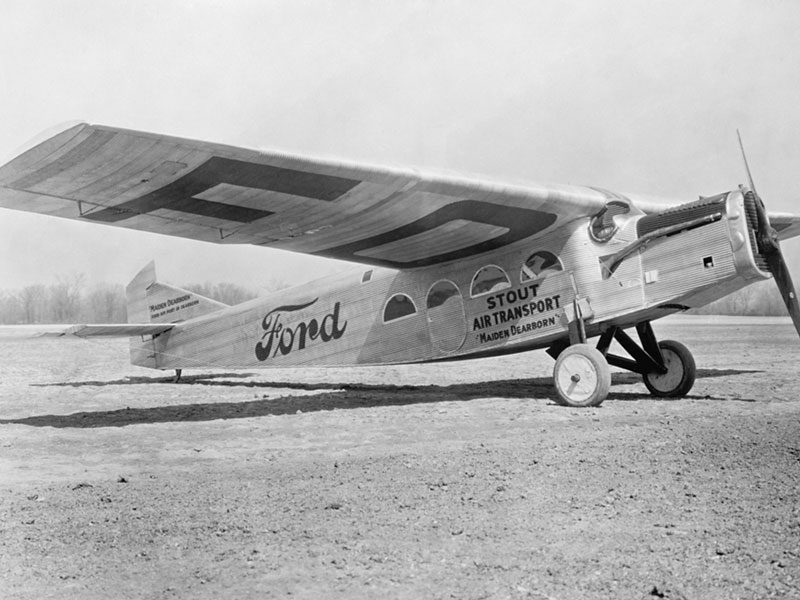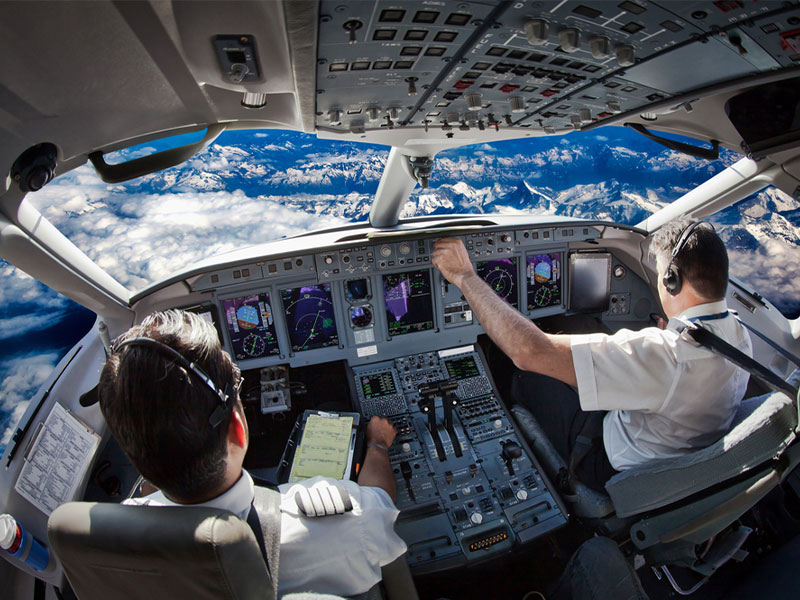About sixteen years after the first airplane flight in Kitty Hawk, Northern California in 1903, scheduled flights began in Germany. These flights were on the Berlin-Leipzig-Weimar route. The company that operated this service was later known as Lufthansa. Today, Lufthansa is one of the main international airlines in the world. The first international passenger was Carlos E. Levin, who traveled from New York to Germany on a non-stop flight. This plane made an emergency landing on June 7, 1927, 190 km from Berlin (destination). This flight took place shortly after Carlos Lindbergh’s historic solo trip from New York to Paris.
U.S. First Airplane Flights
The first United States airline, Varney Airlines, began operations in 1926 and provided airmail services on regular schedules. This airline was launched just eleven days before Western Airlines, which began operations on April 17, 1926. Varney Airlines later merged with three other airlines to form United States Airlines.
In early April 1987, Western Airlines merged with Delta Airlines. In the beginning, if there was no weight limit, in addition to postal packages, only one passenger was transported. The first international airmail route was launched on October 28, 1927, by Pan American Airways from Florida to Havana, Cuba. This airline carried the first passengers on the same route on January 16, 1928. This flight lasted one hour and ten minutes and the fare was 5 dollars for each way.
Various US airlines gradually expanded their services to various international cities and destinations. During World War II, the equipment and human forces of these lines were diverted to military service. The development of airplanes such as the DC3 and the Boeing 314 ocean liner in the early 1940s led to the boom in passenger air transportation and the acceptance of the air travel industry by the general public.
The jet engine, which Frank Whittle invented in England, was used in military aircraft, such as the B52. The first American commercial jet was the Boeing 707. The first transcontinental jet flight was made on January 25, 1959, by American Airlines on the route from Los Angeles to New York, and the first giant jet flights also began in January 1970, when Pan American Airways, using the new Boeing 747 brought 352 passengers from New York to London.

U.K. First Airplane Flights
The British Army Aeroplane No 1 or sometimes named Cody 1, a plane built by Samuel Franklin Cody in 1907 made the first flight in the U.K. on 16 October 1908.
Concorde was the gateway to the era of supersonic flights and was a joint product of England and France. In 1967, its first prototype was unveiled, and in 1969, its first test flight was performed. The design and engine system of the Concorde was amazing. A white bird with a distinctive needle-shaped nose and wide wings was a symbol of the modern world. Concorde traveled at a speed of 2170 km/h, which is twice the speed of sound. The flight height of this plane was 18,290 meters, which is almost twice the height of commercial jets. Perhaps no other civilian aircraft finds such recognition among the general public as a passenger aircraft.
The last passenger transfer by Concorde was on October 24, 2003, after which British Airways declared the aircraft retired. On May 310, 2003, Air France announced the end of passenger transportation by Concorde. So, after 34 years, the era of supersonic flights ended. This is the first time in airline history that a major innovation has been retired without being replaced by a technologically advanced product.
However, British Airways still uses Concorde aircraft. These planes can be seen at the Seattle Aircraft Museum and the New York Air and Space Museum. These planes can be seen in England, in Filton near Boston and at Manchester Airport and at Heathrow Airport and at the Aviation Museum near Edinburgh, and some other places.
Iran First Airplane Flights
Due to its speed, comfort, and safety, air travel is the most prominent mode of transportation today. The history of the aviation industry in Iran reflects the age of this industry in the country. In 1917 and at the end of World War I, the first airplane flight was made over Iran. The parts of this plane were transported separately from Russia and through Anzali port to Tehran by car, and after loading the initial parts, the flight was carried out by a Russian pilot over Tehran. In 1925, the exclusive right to aviation in Iran was handed over to the German airline company Uncross. This event took place as the beginning of the formation of air transportation 22 years after the first flight of the Wright brothers.

